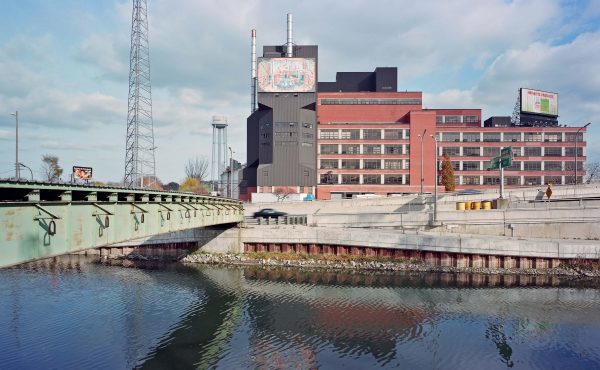
Robert Ouellette, the editor of Reading Toronto, also writes for the National Post and had a good article in yesterday’s paper about the development of the Vaughan City Centre now that the Spadina-University subway extension looks to be heading that way. I have made a few short posts on this subject before, but Robert covers it off nicely in his piece. Here’s a excerpt:
With Toronto’s waterfront and the Four Seasons Centre for the Performing Arts attracting much deserved media attention, changes taking place at the edge of the city have escaped unnoticed. That is too bad because the City of Vaughan may be about to challenge the way we think about suburbs by creating a civic space as engaging as any found in Toronto.
For years, Toronto residents watched awestruck as small towns north of the city sprawled their way into full-fledged cities. Vaughan is an example. About 29,000 people lived there in 1981. By 2001, that number grew to 185,000. With growth that fast, there is little time for attention to details — build one street, move on to the next and add a strip mall destination for cars on the corner — fast.
The result is, of course, that many of these suburban cities lack the considered civic and urban amenities that provide older cities a sense of place and community. Cars are king. Do you ever wonder why some 20,000 suburban kids flood into downtown Toronto on Saturday nights? This might just be one of the reasons: they hunger for a sense of cultural identity.
Bucking the trend, politicians in Vaughan wanted a civic centre to focus their community’s unique identity in a distinctly urban way.




2 comments
Until cities like Vaughan change their appraoch to urban planning (with the support and backing of the Province) efforts to create true urban spaces will not succeed. They fail the understand that design is only 50% of what makes a space great, the other 50% is citizens. If this place is isolated and dead in the evenings and weekends, it doesn’t matter how great the design is.
The full article ends with the idea that Vaughan residents, even Torontonians, will come to the new centre and “abandon their cars”. Yes, within the centre, but they will still drive to get there. Without a good transit network that does more than whisk people at high speed to Bay and Front, the VCC will be little more than an industrial park. A beautiful one, but no more.
People don’t drive miles to stroll around a neighbourhood, or shouldn’t have to. They stroll around their own neighbourhoods. When I see plans for the “neighbourhood” of the VCC, then this will really be something to get excited about.